Keep the Tail Wagging is supported by pet parents. I occasionally earn a commission (at no additional cost to you) when you click through an affiliate link to one of my favorite products. Thank you for your support. Read More
When I was new to raw feeding, I couldn't find raw green tripe. But I found canned green tripe and happily fed that to my dogs until I learned about carrageenan gum. I received many comments from people warning me about the dangers of carrageenan gum. I panicked. Was this canned tripe bad for my dogs? Was I slowly poisoning my dogs? I called the company and learned more about carrageenan gum, including the many human foods that use this as an ingredient.
I dropped the canned tripe once I joined a raw food co-op and was able to get fresh tripe, but I never forgot the lesson. If I'm uncertain, my first call should be to the company.
My History with Darwin's Natural Pet Products
I began feeding Darwin's Pet to my dogs in April 2013, and I've been a customer for nearly ten years (at the time of this post). As much as I love this brand and credit them for turning my dog's life around, I love my dogs more and would never subject them to harmful food. So when I saw comments from people questioning the company's integrity, I was stunned. I know Gary Tashjian, the founder of Darwin's Pet, and I know how much he loves animals and is committed to providing quality products.
I'm not a scientist, nutritionist, or veterinarian; I'm a pet parent and raw feeder, and the following is what I learned as I questioned whether Darwin's Pet was still safe to feed to my dogs.
What is Peroxyacetic Acid (PAA)?
When the FDA began cracking down on raw food brands, Darwin's Pet was faced with a choice. Given the FDA's zero tolerance regarding bacteria (i.e., salmonella and other pathogens), raw brands had a few options:
- Ignore the FDA
- High-Pressure Pasteurization (HPP)
- Irradiation
- or something else
Darwin's Pet chose something else – peroxyacetic acid or PAA. I Googled peroxyacetic acid, and what I found scared the crap out of me. Instead of continuing down a trail of misinformation, I contacted Gary Tashjia directly.
PAA is used in poultry processing, which the FDA and USDA have approved. PAA, a mixture of acetic acid and hydrogen peroxide, is “an organic peroxide-based, colorless liquid with a low pH and a strong, pungent, vinegar-like odor.” Source: USDA. In the concentrated form, PAA is highly corrosive, which sounds frightening. Employees that work with this product risk health issues from breathing in the fumes, which sounds even scarier. However, what's used in poultry processing isn't the concentrated version of the substance.
According to the USDA, PAA is used as an antimicrobial agent or kill step to reduce pathogens in poultry. Some are questioning the efficacy of PAA on salmonella. However, some studies have shown that PAA is effective in reducing pathogens. More studies may be necessary to confirm effectiveness and safety.
Peroxyacetic Acid (PAA) is Approved for Use
Darwin's Pet received a warning letter from the FDA regarding their use of PAA, which was confusing because this substance is commonly used in the poultry industry. The FDA and USDA approve processing agents for use; however, it's not specifically approved for use in pet food. However, nothing states that PAA can't be used in pet food processing. Hence, the misunderstanding.
For processing agents like PAA to be used in food production, it must be shown that there is no lasting effect on the food. In this case, Darwin's Pet wanted a processing agent that wouldn't negatively impact the nutrients in its food.
“What we like about PAA is that it is highly effective against pathogens like Salmonella when used as a rinse, but it breaks down immediately upon contact with organic material into water and vinegar. So there’s minimal impact on our food and no risk at all to the pet. That’s why it’s so widely used for USDA-inspected poultry.” ~ Gary Tashjian, founder of Darwin's Natural Pet Products.
According to the USDA, diluted peroxyacetic acid (PAA) is used in concentrations ranging from 50 ppm (parts per million) to 2,000 ppm. In the above image, the FDA has approved the use of PAA by the processor. The following are accepted levels vs. levels used for Darwin's Pet raw pet food.
- FDA Approved Levels: 2,000 ppm for poultry, 1,200 ppm for other proteins
- Darwin's Pet Levels: 1,000 ppm for all proteins
The statement on social media that Darwin's Pet is using “MUCH higher levels of PAA in pet food than is allowed in human food” is false.
Darwin's Pet Doesn't Hide this Processing Agent
Visit DarwinsPet.com > Ask Darwin's > Frequently Asked Questions – here, you'll find the above statement on the organic acid wash (PAA). In response to people's questions about this process, Darwin's Pet plans to add more information to the FAQs page.
Is Peroxyacetic Acid (PAA) Safe for Pets?
PAA is considered safe for pets because it's used in the human food chain. However, no studies confirm safety. Using “I've fed my dogs this food for years without issue” is not acceptable as evidence that something is safe. Unfortunately, no one is stepping up to fund studies to definitively prove the benefits of raw feeding or confirm the safety measures chosen by manufacturers.
If a pet owner chooses not to feed Darwin's Pet after learning about the use of PAA as a pathogen kill step, that's their prerogative; they have to do what's right for their pet. I believe it's important to make this decision from a place of knowledge, not fear.
What About the Kittens?
Darwin's Pet sent letters to customers and affiliates when that news broke. I spoke with someone from Darwin's who explained the situation. The following letter was sent to customers when the kittens got sick after eating an adult cat's food; the section specific to the kittens is in bold:
We’re reaching out to you, as a valuable member of the Darwin’s community, to share some information about an issue with the Food and Drug Administration (FDA).
Recently the FDA asked our company to issue to a warning related to one of our products. At Darwin’s, the health and safety of pets is our absolute top priority, and we take rigorous steps to support their well-being – including remaining committed to communicating with customers about any potential safety risks as well as best practices for safe food handling.
We believe the FDA’s request is wholly unnecessary; there are no pet health risks to address. We also believe the FDA’s request is based on flawed regulatory decision-making and have taken steps to make our position clear with the agency.
We anticipate that this issue will gain attention so we want you to have the facts surrounding the situation, to help provide context.
Several months ago, a consumer’s young kittens ate from an adult cat’s bowl that contained a portion of raw food; afterward the kittens had diarrhea. When the individual contacted our customer service team, we reminded them that we – and health experts across the industry – recommend cooking raw pet food before feeding it to kittens under four months old (please read more via our FAQ ). We also advised the consumer to dispose of the remaining food and we issued a full refund. The kittens did not experience any other health issues, and did not require further veterinary care. The adult cat never developed any adverse effects.
The consumer shared their experience with the FDA, which then analyzed samples of the food. The FDA indicates it found traces of salmonella – which itself is not typically harmful to pets. Additionally, standard testing by an independent lab did not detect salmonella in the product, which suggests that any potential presence is at such low levels that it would not pose a risk to pets. Nonetheless, the food samples were flagged under the FDA’s zero-tolerance policy, which is largely designed for human safety and for food that humans will consume, not pets.
We have not received any complaints from other customers who received products from the same lot number. All of the product lots in question were shipped months ago direct to our consumers, and we believe the food has been consumed.
Darwin’s is confident our meals are safe, starting with the high-quality sourcing of our ingredients. All proteins used in our products are sourced from USDA-inspected facilities. In addition to a rigorous vendor approval program, all of our products are treated in advance of production with an antimicrobial step to control pathogens such as salmonella. Our sourcing and manufacturing protocols help ensure the safety of our products while maintaining the good bacteria that are crucial to our pets’ gut health and immune systems. If you’d like to learn more about our safety procedures, please visit our FAQ page.
We’ve created a resource page on our website, where we will continue to update as needed. Please don’t hesitate to reach out to safety@darwinspet.com if you have any questions or concerns. We appreciate your ongoing support and for the privilege of serving your pet.
My Final Thoughts
I learned a lot today, and I'm thankful for the experience. I understand why some people hesitate to feed their pets Darwin's Pet. With the number of warnings from the FDA, I can understand why someone wouldn't trust this brand. But I don't see it that way.
1 – I don't trust the FDA. My distrust stems from the investigation of their actions conducted by Kohl Harrington, director of Pet Fooled. Articles by Susan Thixton, pet food advocate and founder of The Truth About Pet Food. And the experience Answers Pet Food had with the FDA, which led to a lawsuit.
2 – A warning is not a recall. Many people are concerned about the number of warnings Darwin's Pet has received from the FDA. I'm more concerned about the story behind the warning. In the case of the PAA, a misunderstanding will be cleared up as the FDA clarifies why PAA is okay in the human food chain but not the pet food chain. If there were a true concern, wouldn't there be customer complaints, sick pets, and a demand for a recall?
“FDA’s objection was really a technicality that, although PAA has been approved for use in human food (what’s known as GRAS – Generally Recognized As Safe), it hasn’t been explicitly recognized as GRAS for pet food. However, PAA is made by combining Acedic Acid and Hydrogen Peroxide, and both of those do have GRAS status for pet food. So we’re a bit bewildered by FDA’s objection to its use. FDA has no evidence that it’s unsafe – it’s just that no one has gone through the formality of getting PAA certified as GRAS for use in pet food.” ~ Gary Tashjian, founder of Darwin's Natural Pet Products.
3 – Why does everyone fear salmonella? Whenever people in the raw feeding community are surprised and disappointed by the existence of bacteria in raw pet food, I'm confused. Of course, there will be bacteria – it's raw meat. If a pet parent is nervous about bacteria, I will remind them that bacteria is part of life, and they can reduce bacteria by cooking for their dogs instead of feeding them raw.
After reading articles and speaking with Darwin's Pet multiple times today, I believe their food is safe for my dogs. I trust their process and am thankful they are making strides to educate their customers.
When these things happen, people become suspicious of every move. If Darwin's Pet responded too quickly and got anything wrong – they'd be labeled as dishonest. Because they didn't respond right away, choosing instead to get all the facts and better understand the miscommunication – they're being labeled as dishonest. They can't win with everyone. And I can understand both sides.
The bottom line is that we must do what's right for our pets. If you don't feel that Darwin's Pet or any other raw food brand is right for your dog, don't feed it. It's that easy.
I'm looking forward to my next order.



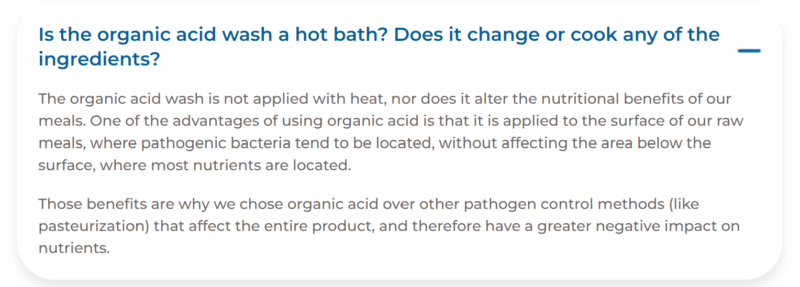



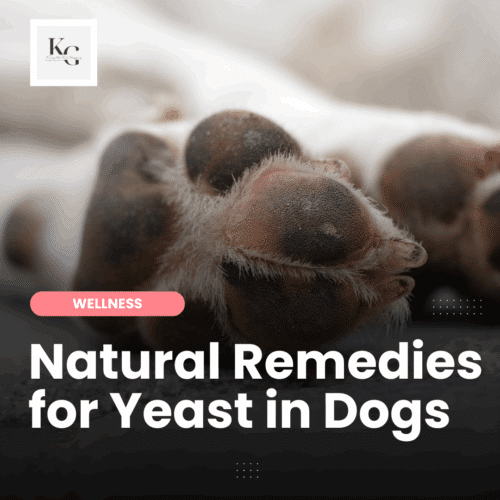
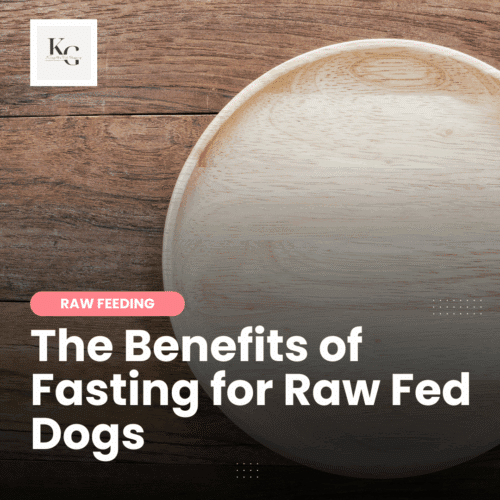
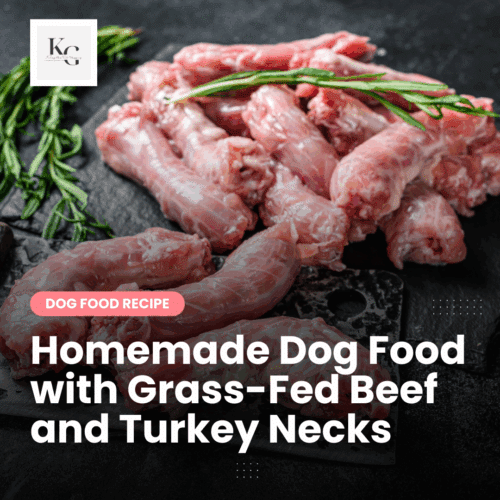
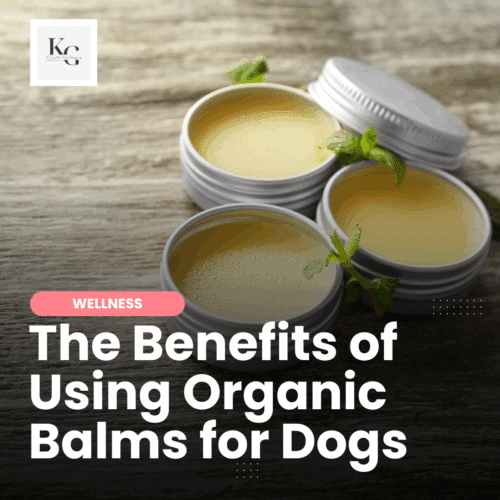

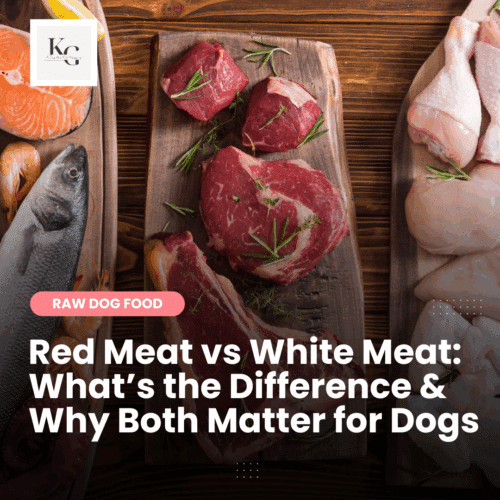
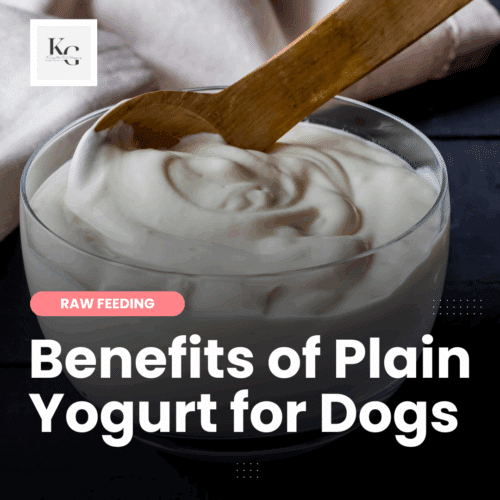


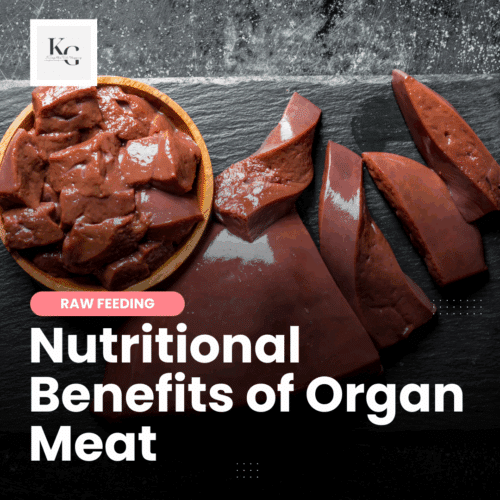


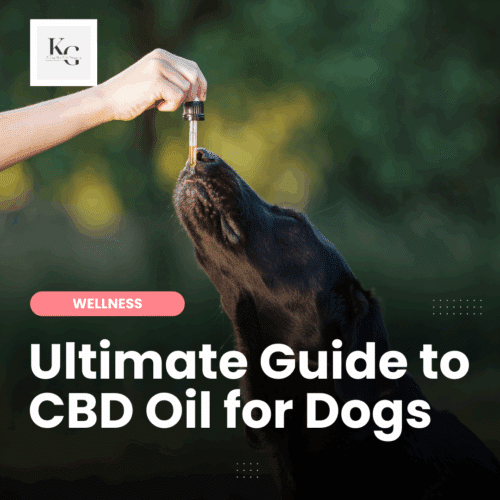
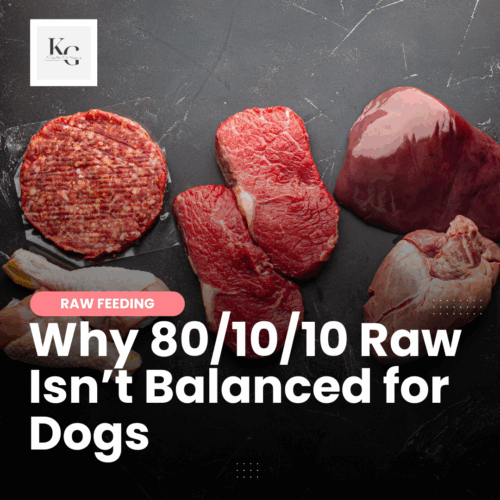
Good article!